Pull ups are one of the most respected benchmarks of upper body strength, but let’s be honest: they’re hard. If you’ve ever hung from a bar and barely budged, you’re not alone. Many people hit a wall trying to master this iconic movement and eventually give up, thinking it’s just not for them.
Here’s the good news: there’s a smarter way to build the strength you need — and it’s not cheating. Resistance bands for pull ups are the most effective “training wheels” for this challenge. They don’t take the work away — they simply give you the boost you need to train with proper form, avoid injury, and make consistent progress.
In this article, you’ll discover how to choose the right pull-up assist bands, how to use them correctly, and how to build up to your first (or next) unassisted pull-up — without wasting time or money. Whether you’re a total beginner, stuck in the middle, or just looking to add more reps to your set, this guide is here to help. Along the way, we’ll also recommend the best pull-up resistance bands available on Amazon, based on popularity, user reviews, and performance — so you can get started with confidence.
Why Resistance Bands for Pull Ups Get You Real Results?
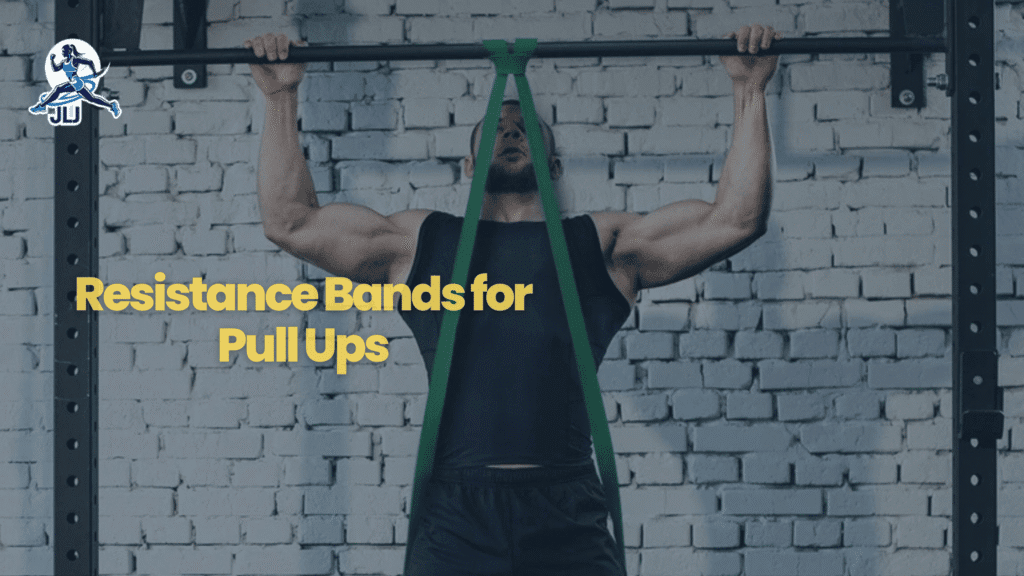
The success you can achieve with this tool isn’t an accident. The entire design of resistance bands for pull-ups is based on proven strength principles that directly solve the biggest pull-up challenges. Here’s why they are so effective.
1. They Engrain Perfect Form
Instead of building bad habits like swinging or doing partial reps, resistance bands for pull-ups give you the precise amount of support you need to execute the movement correctly. This allows you to focus on engaging your back and core muscles, not just your arms. By doing this, you are teaching your body the perfect pull-up movement pattern, building the muscle memory required for unassisted reps. Every single rep performed with resistance bands for pull-ups is a step toward perfect form.
2. They Offer Smart, Variable Assistance
This is the single most important reason resistance bands for pull-ups work so well. The hardest part of a pull-up is starting from the bottom “dead hang,” and the easiest part is finishing at the top. The bands are designed for this exact reality:
- At the bottom: The band is stretched to its maximum, providing the most help to get you moving.
- At the top: The band is slack, providing the least help, forcing you to use your own strength to finish the rep.
This “variable assistance” perfectly mirrors your body’s strength curve. This is why using resistance bands for pull-ups builds practical, usable strength far more effectively than other methods.
3. They Build Strength Through the Full Range of Motion
Jumping pull-ups and half-reps create weak points by skipping parts of the exercise. The core benefit of using resistance bands for pull-ups is that they support you through the entire movement, from a full hang to your chest clearing the bar. This ensures you build well-rounded strength and eliminate the specific weak links that are currently preventing you from doing an unassisted pull-up.
Check also: 5 Effective Lower Abs Exercises for Home Workouts
Our 7 Top Picks: The Best Resistance Bands for Pull-Ups
We’ve sifted through countless options on Amazon, focusing on user ratings, sales volume, and durability to bring you the definitive list. These are the resistance bands for pull ups that consistently help people achieve their goals and earn their trust.
1. Fit Simplify Resistance Loop Exercise Bands
These compact yet powerful resistance bands are perfect for pull-up assistance and a wide range of workouts. With five different tension levels, they’re ideal for beginners working their way up to unassisted pull-ups. Lightweight, portable, and built from high-quality latex, they’re a simple but effective training solution.
2. UPOWEX Resistance Bands Set
This premium resistance band set includes five stackable bands, handles, ankle straps, and a door anchor — making it great for both pull-up support and full-body workouts. With up to 150 lbs of resistance when combined, this is a versatile, all-in-one set for home or gym use.
3. Vergali Pull-Up Resistance Bands Set
Vergali offers a high-quality set of pull-up bands with four resistance levels, a storage bag, and an instructional guide. The bands are color-coded and designed to help you build upper-body strength progressively. Ideal for anyone looking to transition from assisted to unassisted pull-ups.
4. Renoj Booty Resistance Bands – 3 Levels
While these fabric bands are marketed for glute workouts, their sturdy build and non-slip design make them excellent for modified pull-up training as well. With three resistance levels, they’re soft on the skin, won’t roll, and are great for those seeking extra support or a more comfortable grip.
5. VEICK Resistance Bands Set with Handles
This full set includes five stackable bands (up to 150 lbs combined), handles, ankle straps, and more — perfect for versatile strength training. While not loop-style bands, these bands can be anchored and used creatively for pull-up progression and strength building.
6. TheraBand Professional Resistance Band
A trusted name in physical therapy, TheraBand offers a latex-free, professional-grade resistance band that’s ideal for gentle pull-up assistance, rehab, and mobility work. Best for users looking for light resistance and smooth stretch performance without bulk.
7. AZURELIFE Resistance Bands for Pull-Up Training
This set comes with three resistance levels and includes detailed workout instructions. These flat loop bands are great for pull-ups, stretching, and mobility training, offering excellent grip and control. AZURELIFE’s bands are ideal for improving your pull-up reps safely and gradually.
Check also: The Honest Truth About Dumbbells with Adjustable Weights
How to Choose the Right Resistance Band for Pull-Ups?
Choosing the right resistance bands for pull-ups ensures safety, support, and progress. Here’s what to look for:
Resistance Levels
Bands are color-coded by resistance.
- Heavier users or beginners need thicker bands (more assistance).
- Intermediate or lighter users can choose medium to light resistance.
Sets with multiple levels help you progress over time.
Material Quality
Look for bands made from 100% natural latex for durability, elasticity, and snap-resistance. Avoid cheap, thin materials that wear out quickly.
Band Length & Width
Most pull-up bands are 41 inches long.
- Wider bands = more support
- Narrower bands = less resistance
The right width helps match your strength level and workout goal.
Sets vs. Singles
- Sets offer versatility and better value over time.
- Singles are fine if you already know what resistance you need.
Brand & Reviews
Choose trusted brands with high ratings and positive reviews. Good feedback usually means better quality, support, and longevity.
Check also: My Top 5 Picks for Adjustable Dumbbells 100 lbs on Amazon
How to Use Resistance Bands for Pull-Ups? The Correct 4-Step Method
Owning the right band is only half the battle. Using it correctly is what separates slow progress from rapid results. Follow these four steps precisely to ensure every rep is safe and effective.
Step 1: Secure the Band to the Bar
Safety first. Loop your resistance band over the top of your pull-up bar. Grab one end of the loop and pull it through the other, creating a secure knot or “choke” around the bar. Give it a firm tug to make sure it’s tight and won’t slip off during the exercise.
Step 2: Get into Position (Use the Foot Method)
You have two options for positioning: knee or foot. While you might see others put a knee in the band, we strongly recommend you use the foot method.
Here’s why: Placing your foot in the band forces your body to stay in a straight, stable line (the “hollow-body position”). This engages your core, prevents swinging, and perfectly mimics the body tension required for a real, unassisted pull-up. The knee method can cause an arched back and instability, building bad habits.
Pro-Tip: Place a box or bench beneath the bar to step into the band easily and safely.
Step 3: The Pull (Engage Your Back)
With your foot in the band and your body hanging in a straight line, you’re ready to pull.
Cue yourself: “Drive your elbows down, pull your chest to the bar.” Focus on squeezing your shoulder blades together and keeping your shoulders pulled down, away from your ears. This ensures you’re using your powerful back muscles (lats), not just your arms.
Check also: Supplements for Stress Relief: Say Goodbye to High Cortisol
Step 4: The Controlled Negative (This is Where You Build Strength)
This final step is the most critical for building strength. Don’t just drop back to the starting position.
Fight the band’s pull on the way down. Lower yourself slowly over 3-4 seconds until your arm is fully extended. This controlled eccentric phase is where your muscles are under the most tension, which is the secret to building strength much faster than just focusing on the “up” portion of the lift.
Frequently Asked Questions (FAQ)
How to use resistance bands for pull-ups?
Loop the band over a secure pull-up bar, then place one foot or knee into the hanging end. As you pull up, the band provides upward assistance, reducing the load and helping you complete the movement with better form.
What size resistance band for pull-ups?
Choose a band based on your body weight and strength level. Heavier individuals or beginners should use thicker bands (more resistance), while lighter or intermediate users can opt for thinner ones to allow more effort from the muscles.
Are resistance bands good for pull-ups?
Yes, they’re excellent tools for building strength and improving form. Bands help you practice the full range of motion while gradually reducing the assistance as you get stronger.
What color resistance band for pull-ups?
Colors vary by brand, but typically:
- Thick (green/blue) = more assistance
- Medium (red/black) = moderate help
- Thin (yellow/purple) = light support
Check each brand’s resistance chart to choose correctly.
How to progress with resistance bands for pull ups?
Start with a thicker band, then gradually move to thinner bands as your strength improves. You can also reduce assistance by placing only one knee or foot in the band instead of both.
Can resistance bands help me do my first pull-up?
Absolutely. They act like training wheels, supporting part of your body weight so you can practice pull ups safely, build strength, and reach your first unassisted rep over time.
Resistance bands are a proven and powerful tool for building strength and mastering pull-ups. They offer the support you need while allowing you to train through the full range of motion—helping you build real, lasting progress.
Remember, the journey to your first unassisted pull-up isn’t a sprint—it’s a steady climb. With patience and consistency, you’ll get stronger each week.
Your first unassisted pull-up is closer than you think.
Pick the right band, follow the plan, and start your journey today.
Choose a resistance band that matches your current strength and supports your goals. The right band can help you break past plateaus and finally achieve that full, unassisted pull-up.
Check out the best-rated bands above and start training with confidence.
Note: This article contains affiliate links, which means we may earn a commission at no extra cost to you if you make a purchase through these links. Thank you for supporting us!
This video is from Best Seller Channel.
Enjoyed this article? We’d love to hear your thoughts — share your opinion in the comments below!



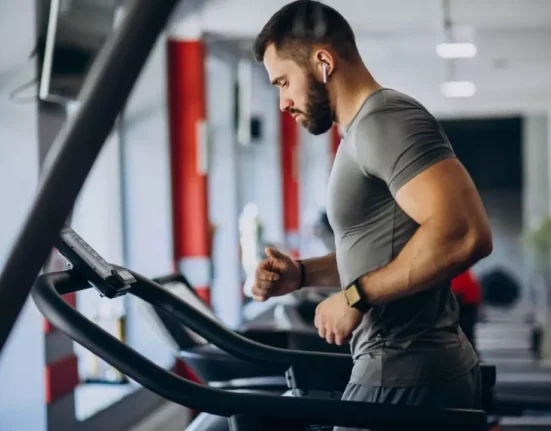


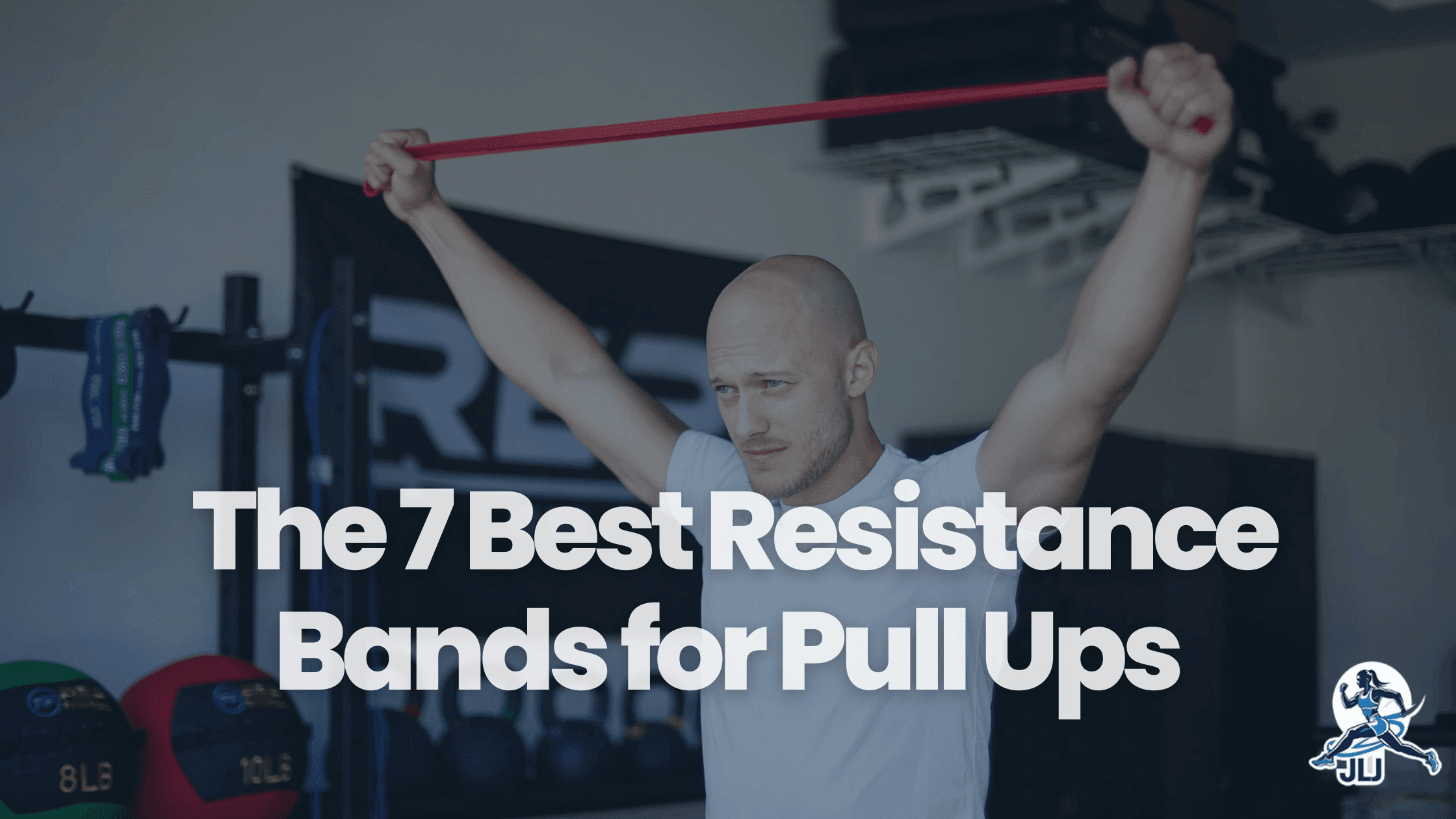



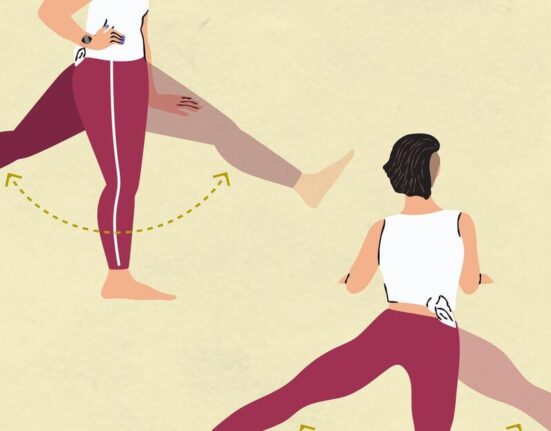

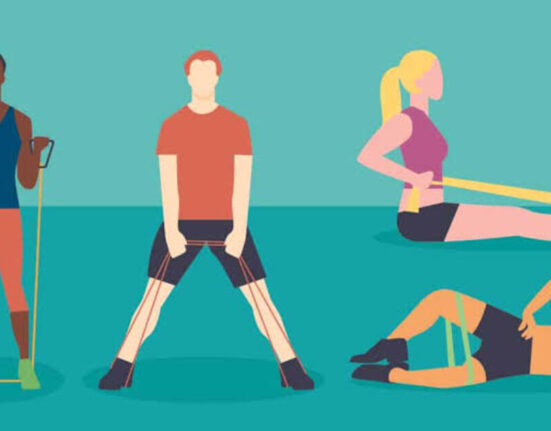
1 Comment